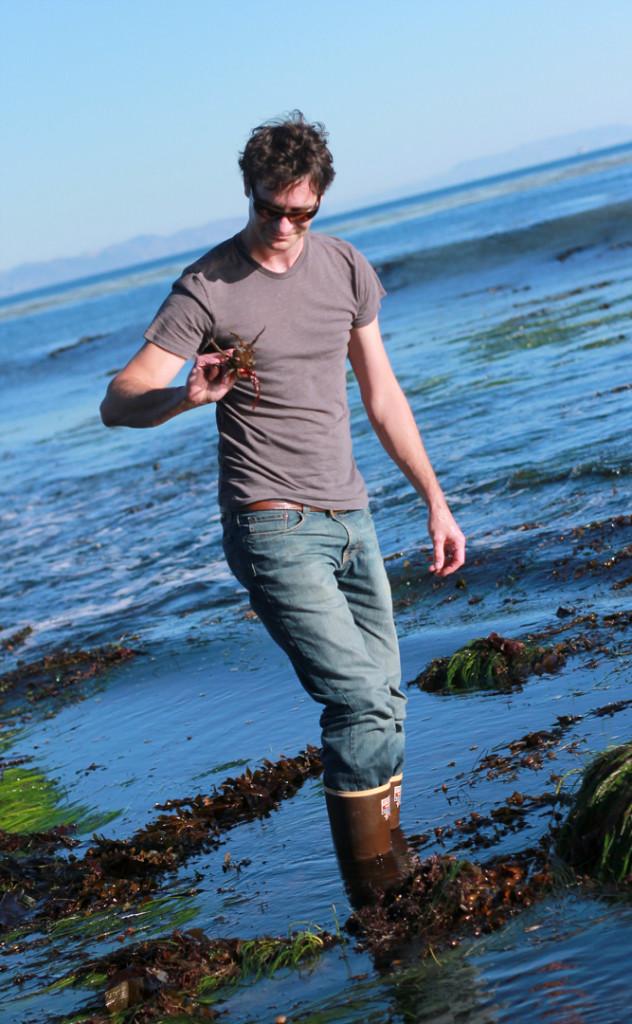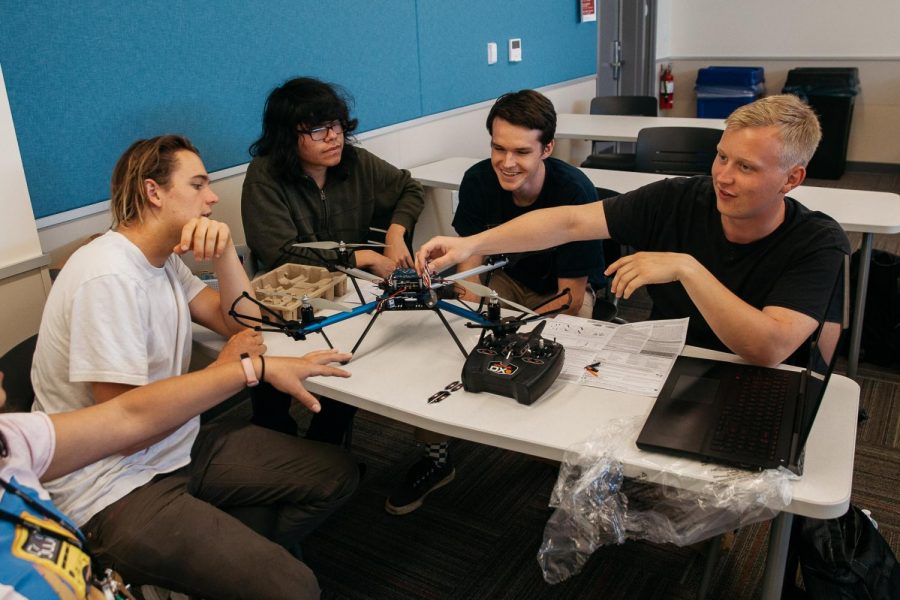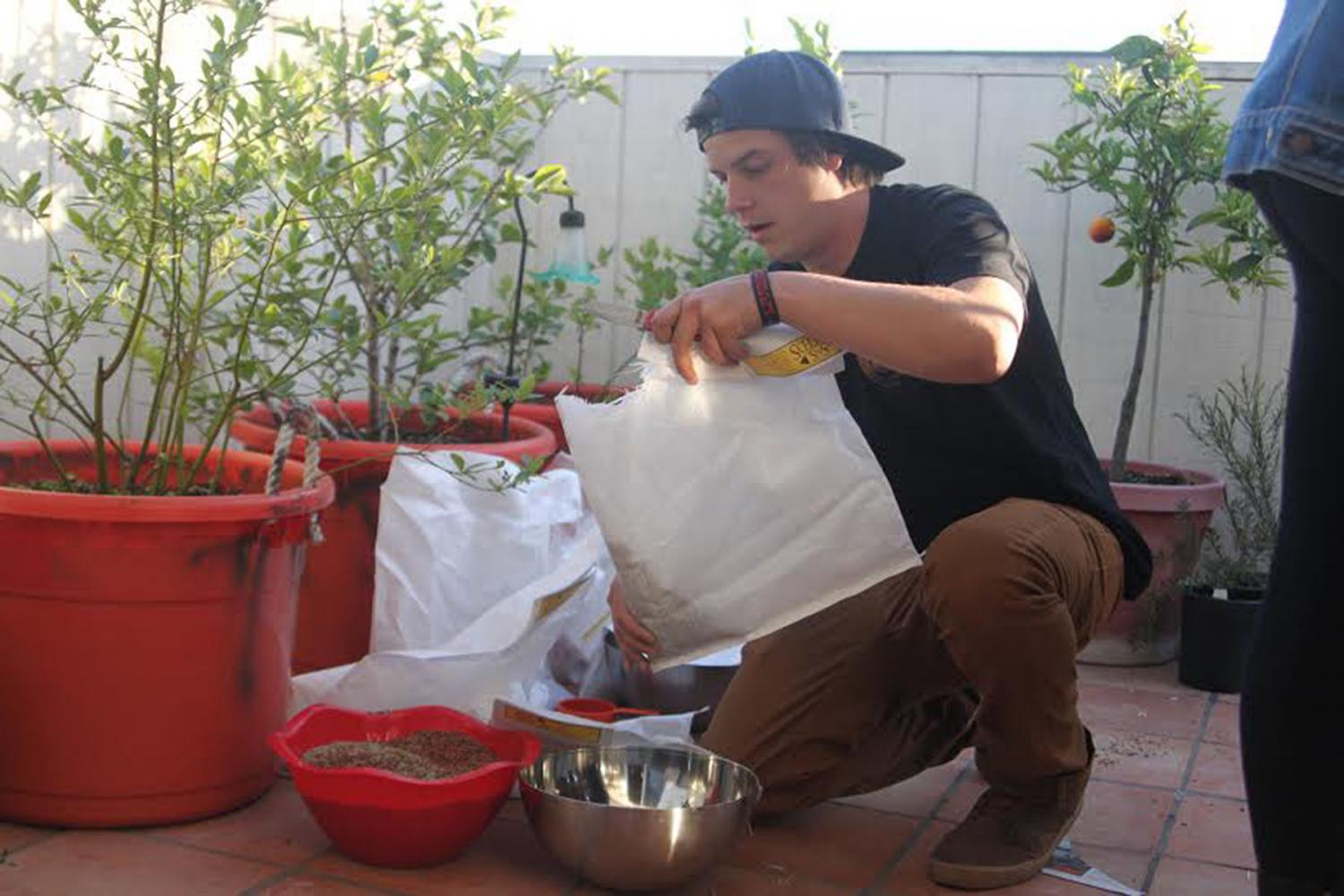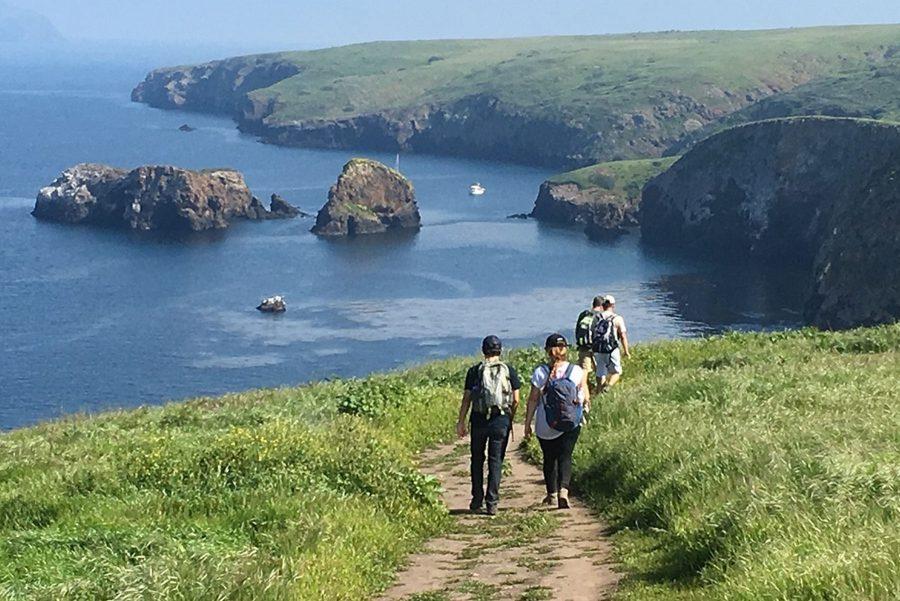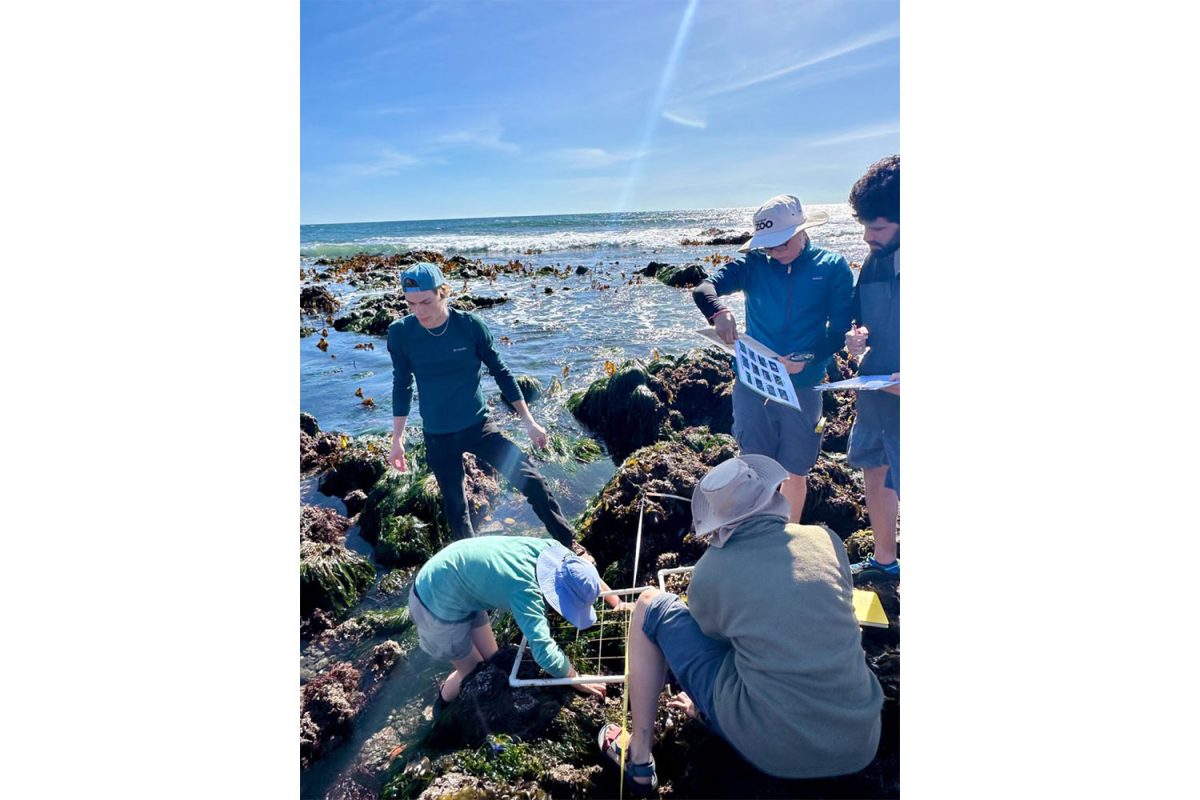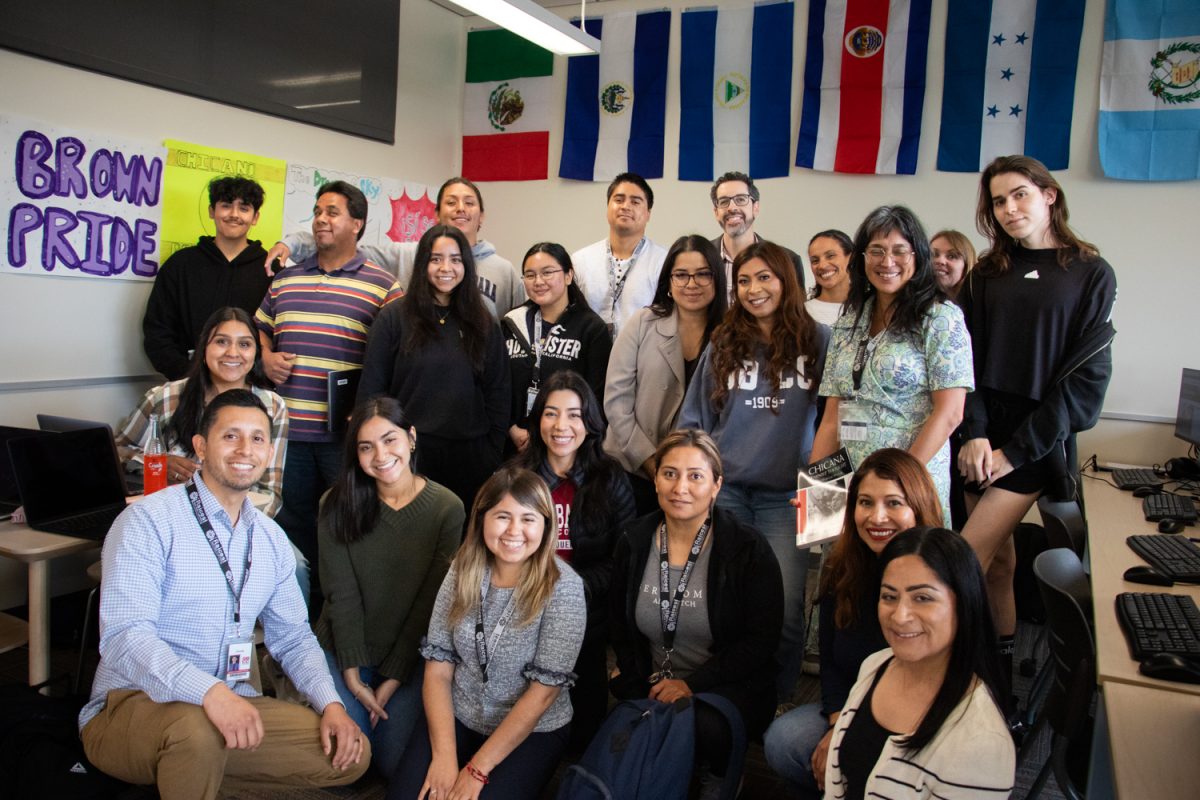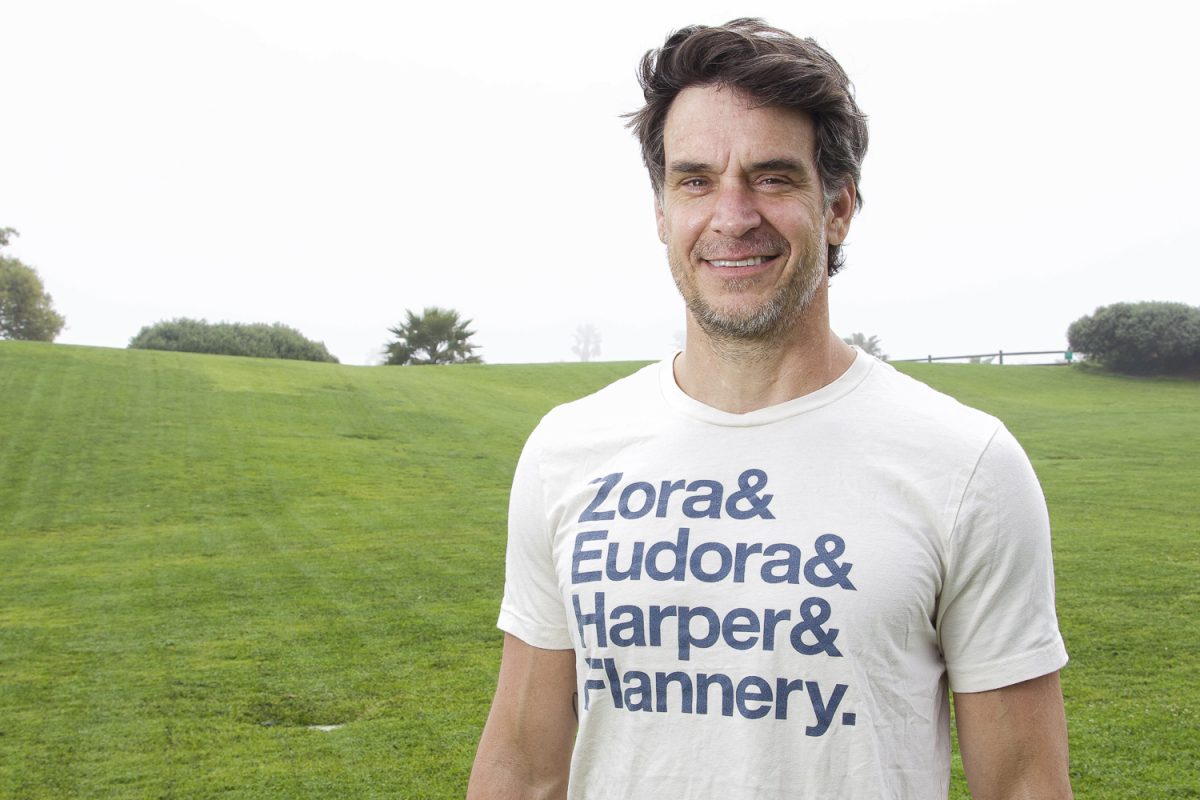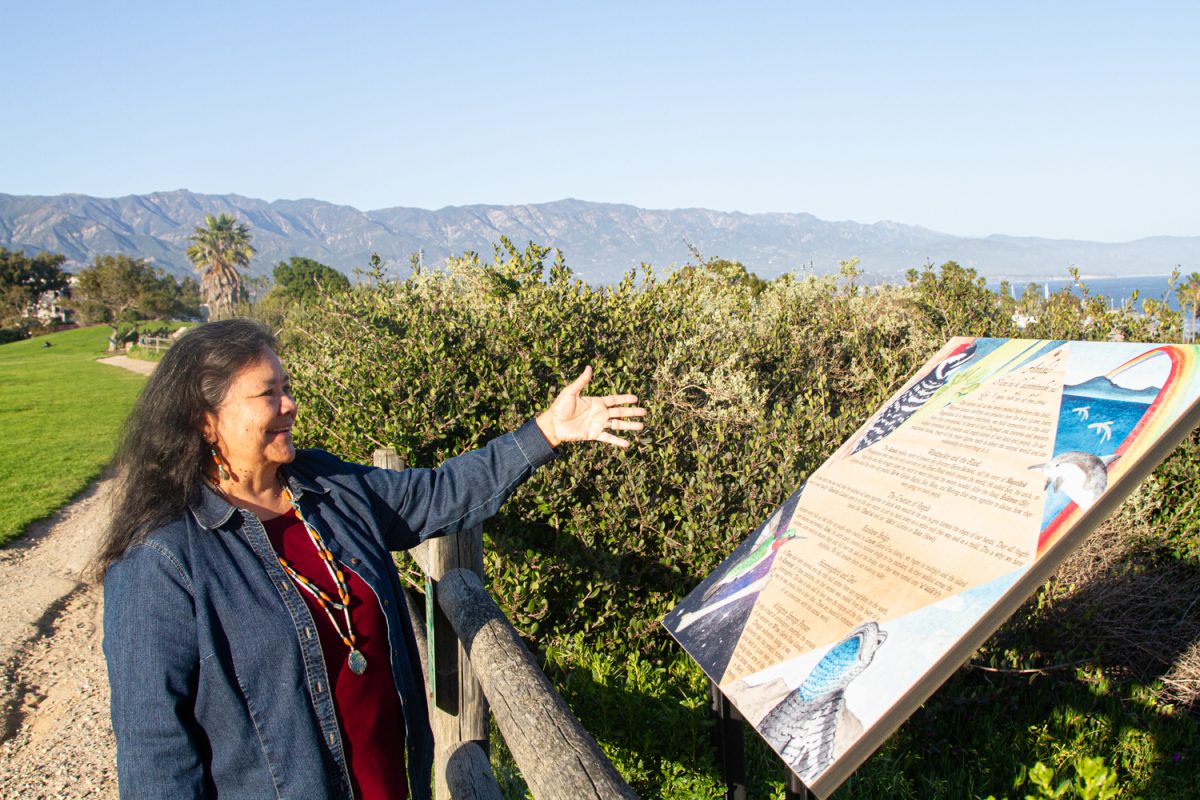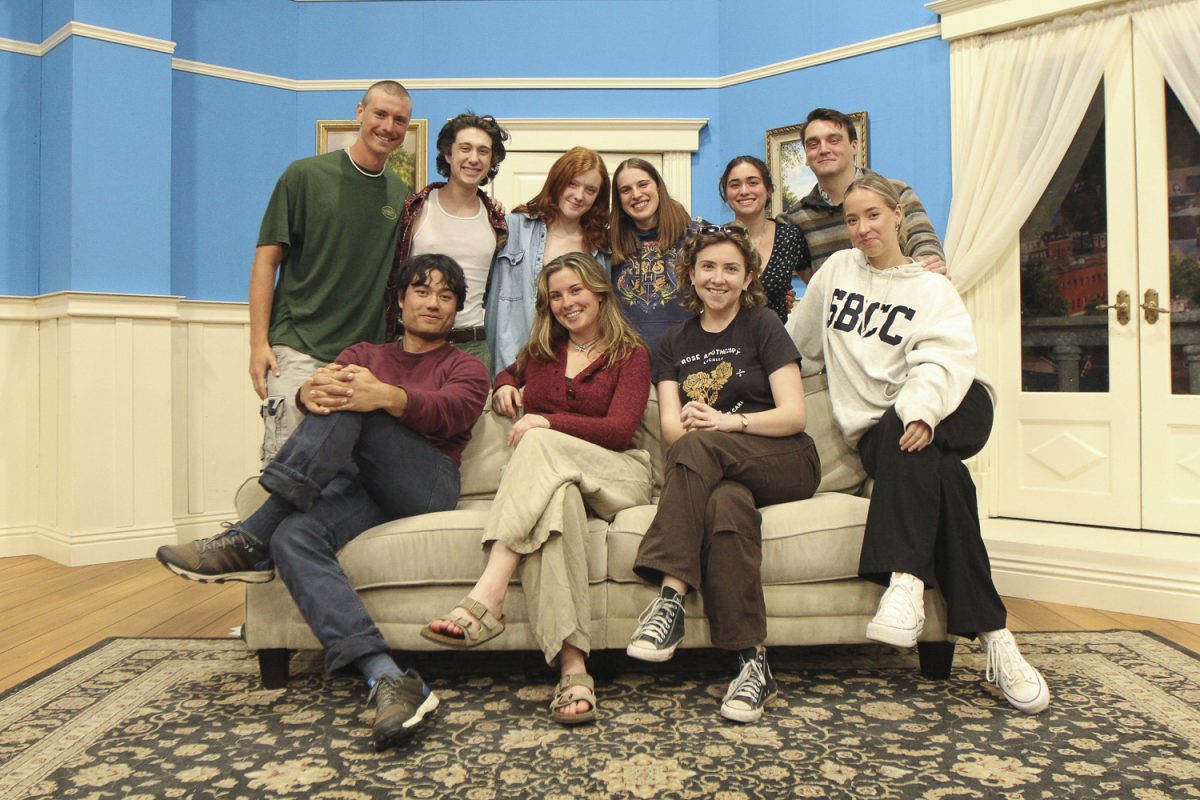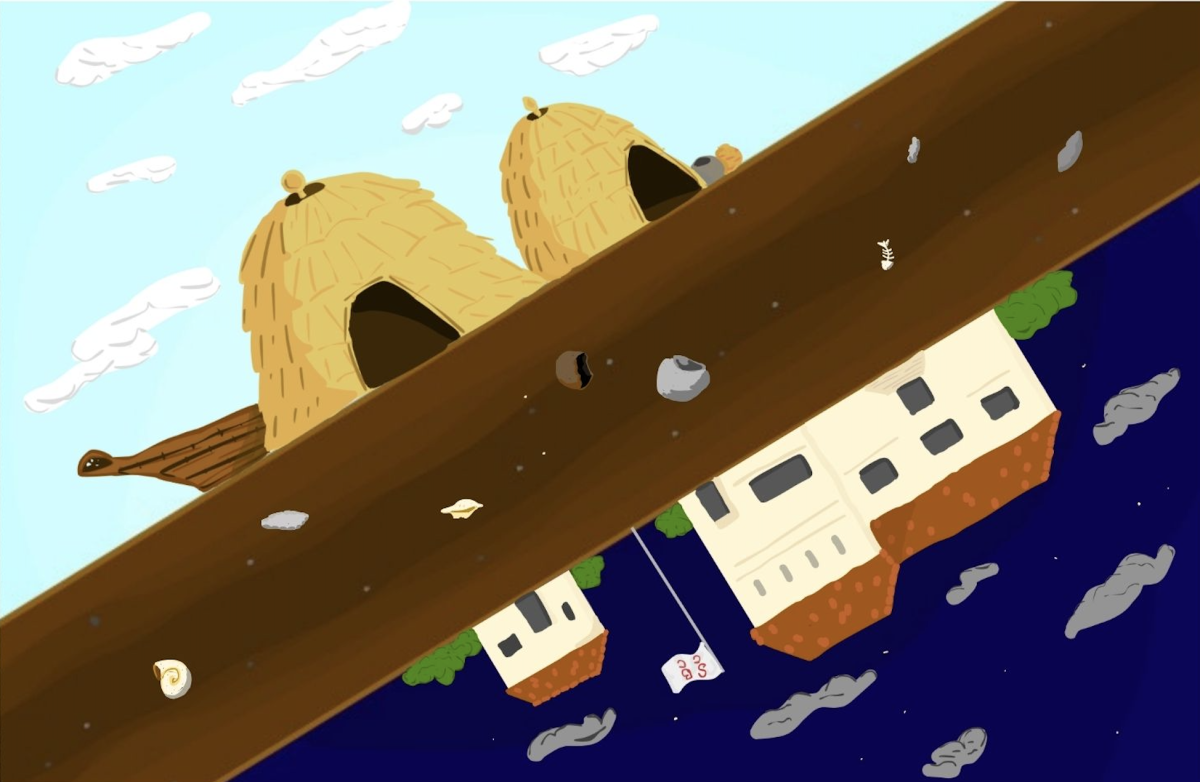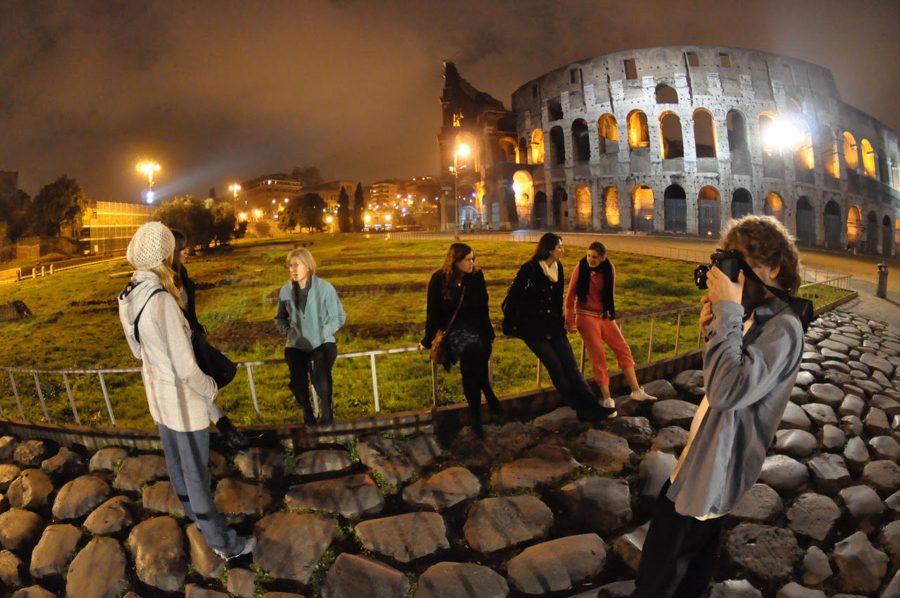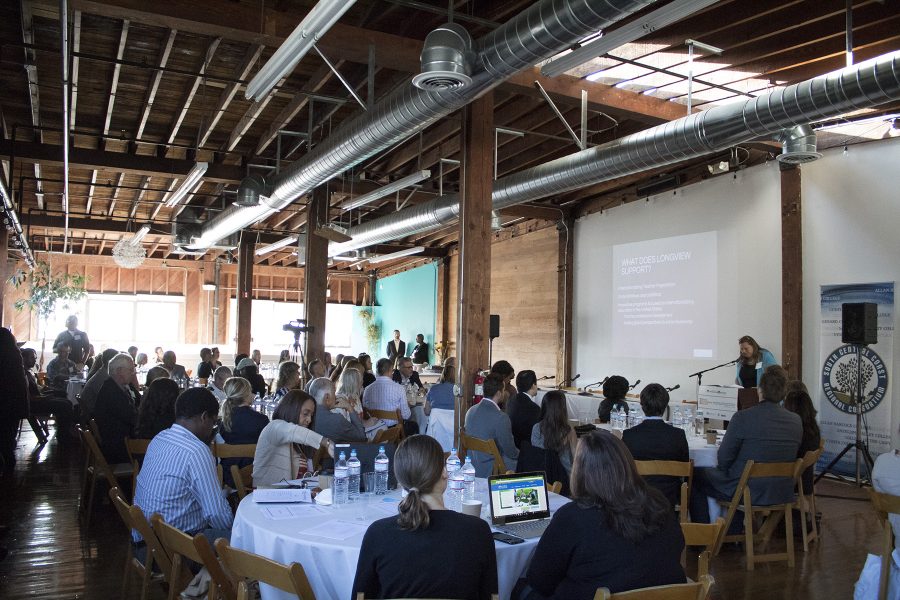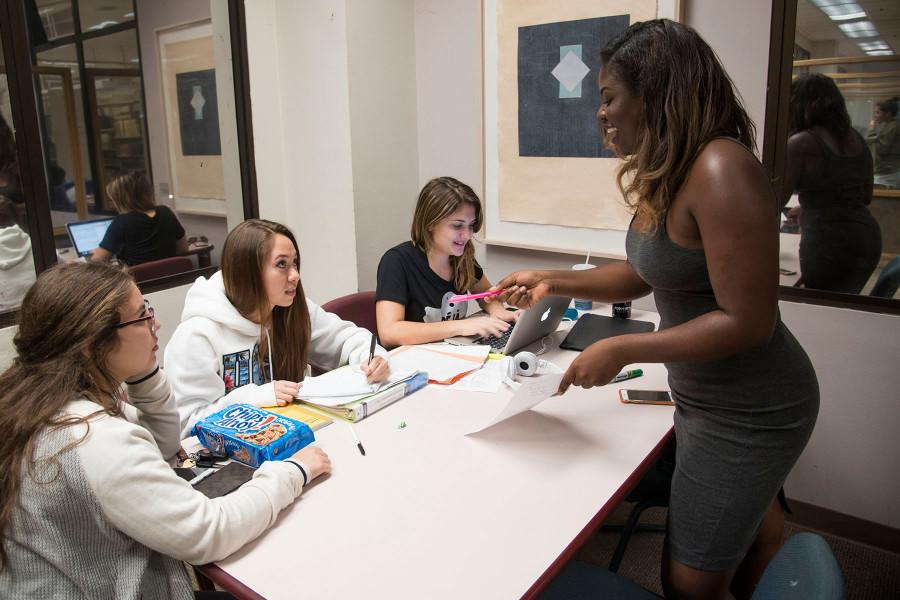Upon visiting family in California, a 13-year-old English boy learned to dive for the first time with his father on Catalina Island. Ever since, diving has been his passion.
Born in Santa Rosa, California, Samuel Hammond grew up in London, England. He traveled to places like Egypt and Mexico to dive, then majored in aquatic biology at UCSB. His diving experience accumulated as he volunteered in research trips and worked on dive boats. Now, 29, Hammond works as a laboratory technician in the City College biology department.
“I really enjoy getting away from the day-to-day life up here,” Hammond said. “When you’re [diving], it’s just refreshing. It clears your mind.”
After two years at UCSB, dive charter firm Truth Aquatics in the Santa Barbara harbor hired Hammond. Part of his job was to assure safety for divers during their trips.
Once, on Santa Cruz Island, a diver got lost in a cave at night. The cave was huge and very dangerous, Hammond said.
“I swam in and about a minute into it, I stopped, thinking: ‘Is this worth it to me? What am I going to find here? I’m getting myself into this cave and a dangerous situation,’” Hammond said.
He forced himself to keep on and found a diver on the roof of the cave. The man had run out of air and could have fallen unconscious at any minute.
Returning to finish his degree, Hammond was a teaching assistant and volunteered in several research trips, including one to Moorea Island, Tahiti.
“Some of my favorite experiences were going down to the local fish market and getting fresh caught tuna right off of the boat,” Hammond said. “The fresh produce was just incredible there.”
The entire trip was living in paradise and diving every day, Hammond added.
For 10 weeks, Hammond was there to help a graduate student with fish surveys. They stayed at Gump, a station managed by University of California Berkeley.
Starting 5 a.m. every day, they found themselves in the water for two hours retrieving fish samples from different sights determined by the student.
“We saw hammerhead sharks and leatherback turtles, pretty magnificent animals like that,” Hammond said.
After Moorea, Hammond volunteered on a three-month research trip to Antarctica to study krill.
“[There were] penguins sleeping upon where your tent is and you’d trip over penguins sometimes,” Hammond said. “I mean, we [had] whales right off to the edge of the boat, pushing the edge of the boat.”
During the first month, Hammond stayed on the boat. For the last two months, he was at Palmer Station on Anvers Island.
“I was given a room, but nine nights out of 10, I would sleep out in the tent,” Hammond said. “There was this big glacier, and you would see parts of the glacier falling off.”
After the trip, the diver travelled through South America and was assulted. He was stabbed five times in both arms and lost his backpack, English passport and all of his money. Although Hammond planned to return to Antarctica for another research trip, he was not physically able to.
Hammond later worked as a research diver on the oil rigs of Channel Islands before becoming an assistant collector and naturalist for the department of ecology and marine biology at UCSB. He also has a captain license that enables him to operate a large boat offshore.
Wanting to diversify his skills, he turned to City College.
Hammond works on the second floor of the Earth and Biological Sciences Building. There, he manages a cold room to preserve animals, a preparation area where he keeps lizards, snakes and other wild animals, and a collection of hundreds of animal samples in jars.
“When I go out and dive, if I see something interesting while I’m on my own time, I’ll still collect it for UCSB,” Hammond said
Hammond said his attitude toward diving has now changed. He used to dive to see and appreciate the novelty. Now, he has projects and reasons for diving. Hammond calls his job “hunting underwater.”
Hammond said it is important to put context to what students are learning. He does this by aiding Biology Club members in getting diving certificates.
Biology Club president, Kelly Henning, said, “I think [getting a scuba-diving certificate] is excellent because when you are a biology major, it’s something that you’d want to have as a resource if you wanted to intern for something, and they needed you to go actually get specimens, especially for where we live on the coast.”
To get a diving certificate, students need to pay $300 for a course of up to eight students. This class starts next semester and is not part of City College’s program.
The course is offered by dive shop Aquatics in old town Goleta. Shop owner Curt Wiessner will teach the class. He has worked as an adjunct instructor for the advanced and rescue scuba courses at City College since 1988.
Wiessner said the course would be “dynamite.”
The required equipment includes fins, mask, snorkel, boots and gloves. If new, these can cost from $300 to $400. Wiessner offers a 10-percent discount on the dive gear to Biology Club members.
The club’s members can also get 50 percent off of a one-day trip on unchartered boats from Truth Aquatics.
“It’s an opportunity that you don’t ever really see,” Henning said. “Getting a diving certificate can cost $1,000.
“Also, I think it’s really awesome that [Hammond] not only works really long hours here and sets everything up for us to learn in our hands-on lab, but he’s also willing to do that extra work so that we can be where he’s at in a couple of years.”


